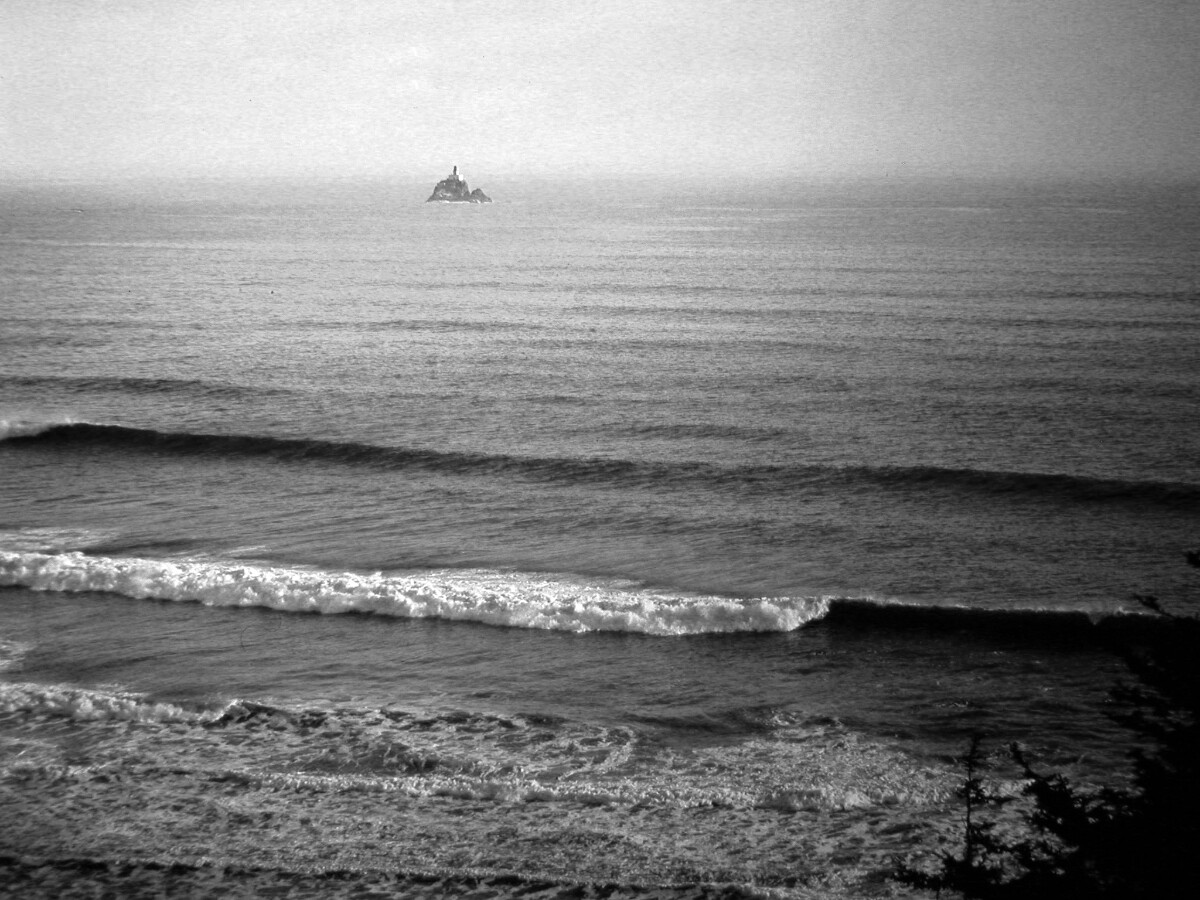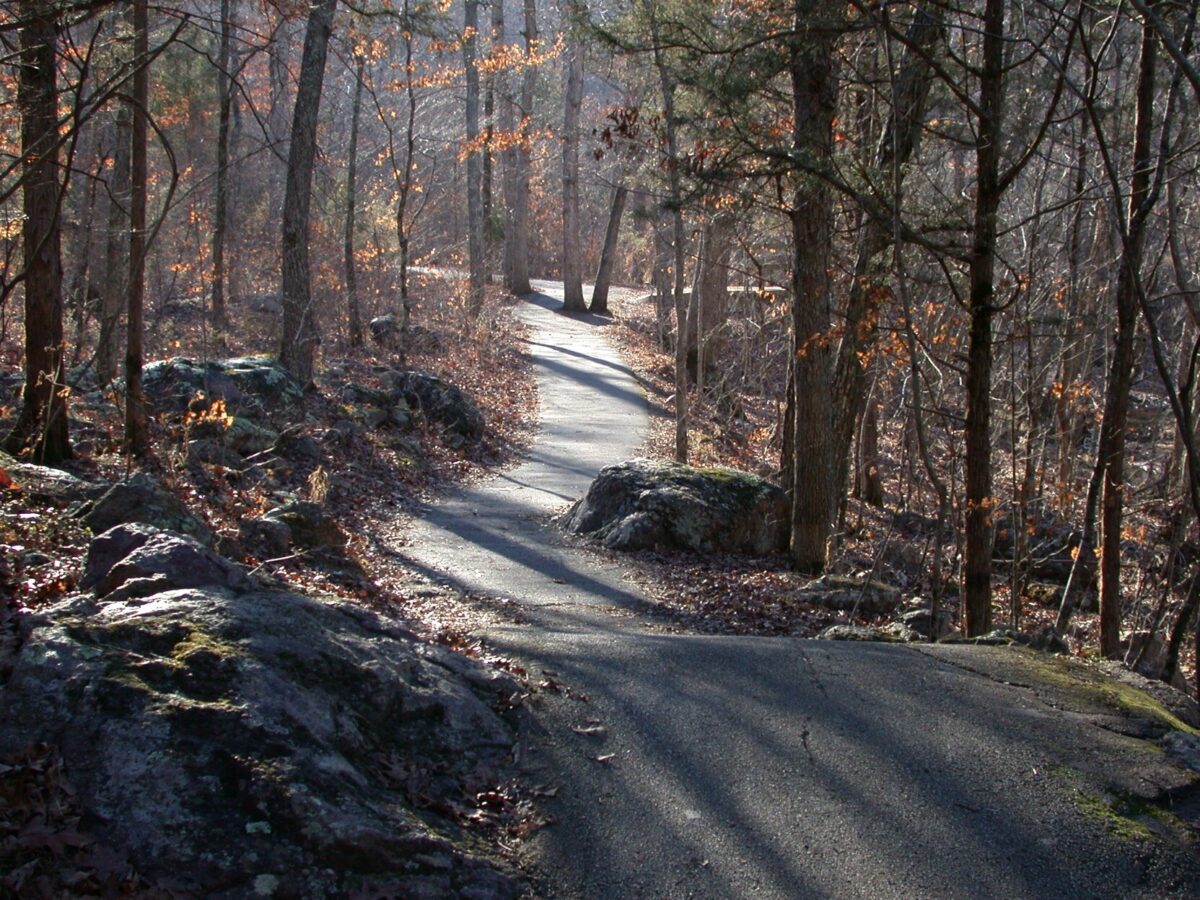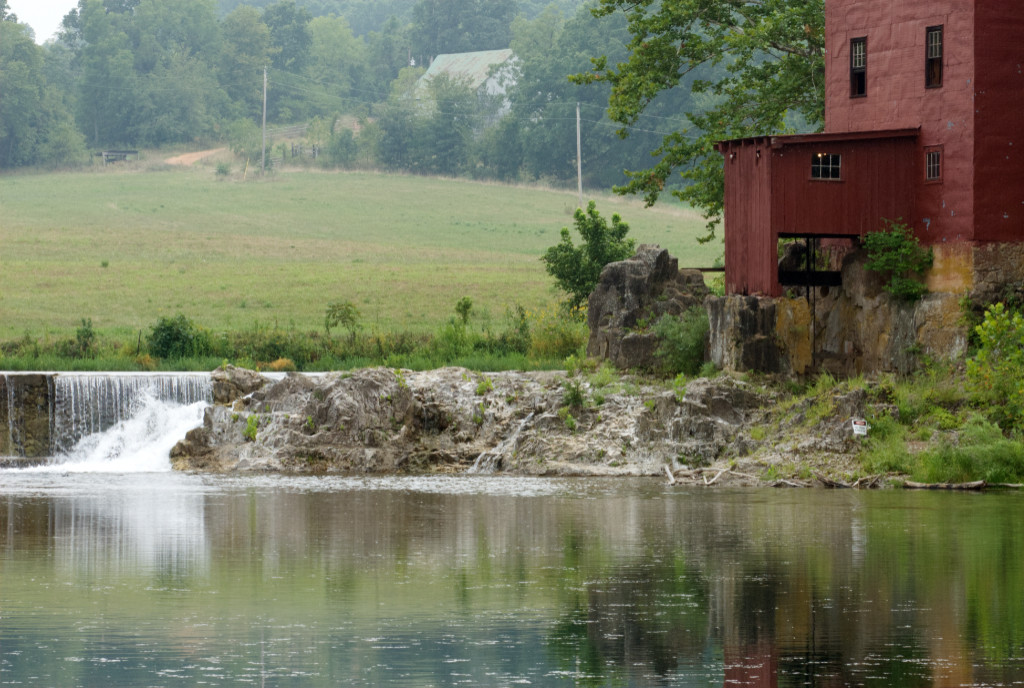Categories
Silent Sunday January 22 2023




My friend Simon St. Laurent posted a video on Facebook that goes into the mechanics—and efficiencies—of a heat pump. Homes in Savannah are primarily cooled and heated by heat pumps. The house we bought had a 2.5 ton unit, with the interior portion in the attic. Being new to HVAC systems installed in the attics, […]


I decided to disable the Friends plug-in when I realized it was inserting every new feed item as a new post in my database. This could easily become unmanageable. Considering you can use a feed reader to read weblogs AND Mastodon accounts, it just didn’t seem worth the database burden. I do still have ActivityPub […]